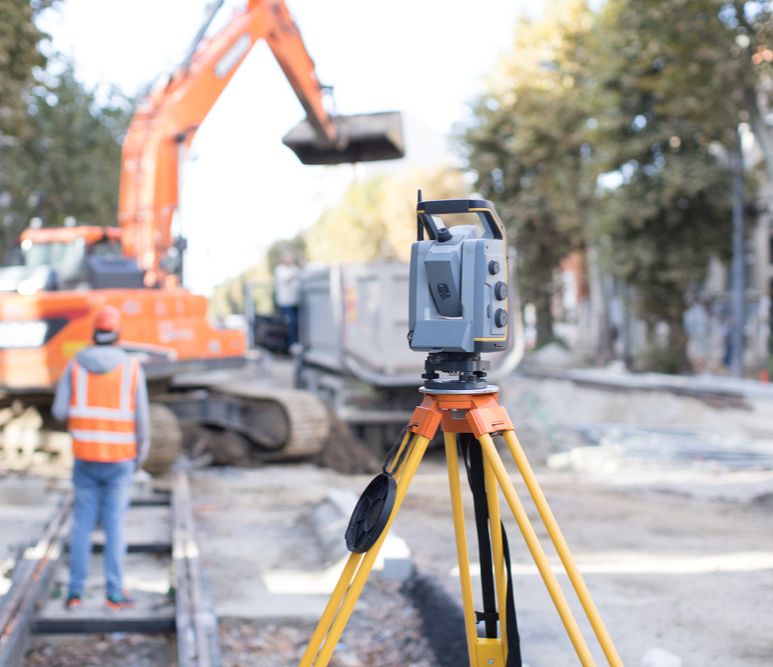Commercial-Residential-Industrial: “Trust us for accurate and detailed concrete scanning”
Concrete scanning services refer to the use of specialized equipment and techniques to detect and locate any embedded objects or materials within concrete structures. This is typically done prior to any drilling, cutting, or coring of concrete to avoid damaging any embedded objects, such as electrical or plumbing conduits, post-tension cables, rebar, or other materials.
Concrete 3D Laser scanning services use a variety of tools and methods, including ground-penetrating radar (GPR), electromagnetic detection (EM), and ultrasonic testing (UT). These techniques can help identify the location and depth of any embedded materials, allowing for precise and safe cutting, drilling, or coring.
Concrete 3D scanning services are commonly used in construction and renovation projects that involve concrete structures, such as bridges, buildings, tunnels, and parking garages. They are also used in industrial applications, such as in the inspection of concrete floors, walls, and pipes.
Detect hazards in concrete before you commence cutting, coring, or breaking, mitigating the risk of injuries or project delays
New build construction and renovation projects often require cutting, coring, or breaking a concrete slab. This can be dangerous, as the potential to strike rebar, pipes, post tension cables, and electrical conduits is high. Concrete scanning services is a proactive step towards ensuring an accident-free work zone that meets completion deadlines.

For inspection and analyze the subsurface of concrete structures
It is a non-destructive testing technique that uses electromagnetic waves to inspect and analyze the subsurface of concrete structures. Here are four applications of concrete scanning
Concrete scanning can help locate the position and depth of steel reinforcement bars (rebar) or post-tension cables embedded in concrete. This information is essential for structural engineers and contractors who need to drill or cut into the concrete for maintenance, repair, or renovation.
Concrete scanning can also identify voids or delaminations within the concrete structure, which can cause structural issues such as cracking, settling, or collapsing. By detecting these anomalies early, engineers can take proactive steps to prevent further damage and ensure the integrity of the structure.
Concrete scanning can measure the thickness of concrete slabs, walls, and floors. This information is critical for engineers and architects who need to design new structures or modify existing ones. The thickness data can also help detect areas where concrete has degraded or where corrosion has occurred.
Concrete scanning can locate underground utilities such as electrical, gas, or water lines that are buried beneath concrete. This information is essential for construction projects where workers need to avoid damaging these utilities during excavation or drilling. It can also help utility companies maintain and repair their infrastructure more efficiently.
Analyzing the contents of a concrete structure requires concrete scanning. This includes details about the rebar, such as its spacing and depth in the concrete, as well as the concrete’s overall thickness. Engineers can now make decisions about the slab with the use of concrete analysis.
